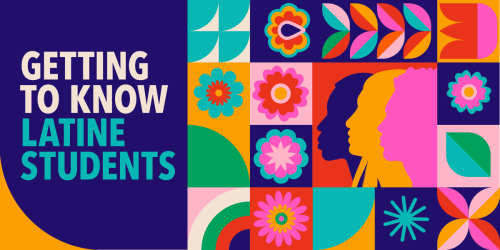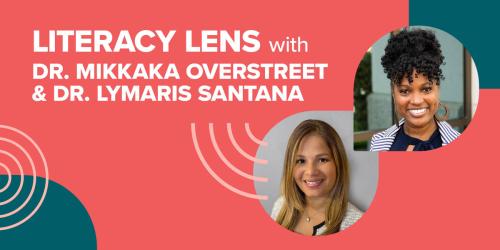Bilingualism is America’s Future

When I first arrived in the United States in my hometown of Oxnard and enrolled at Curren Elementary School, I was placed in a transitional bilingual program. My class was primarily in the Spanish language in kindergarten, with less Spanish and more English each year after that. Learning subjects, like math and science, in a language I could understand helped me progress at school. However, the program was intended as a temporary support to help me become proficient in English, not to develop biliteracy in Spanish. Like many other multilingual students in my generation who were identified as English learners, maintaining and elevating my linguistic assets was not an explicit goal of my school.
Fast forward 31 years later, I had the opportunity to testify on Bilingual Education and America’s Future at a Capitol Hill Research and Policy Briefing in Washington, D.C. The briefing, A Civil Rights Agenda for the Next Quarter Century, was hosted by the UCLA Civil Rights Project/Proyecto Derechos Civiles and addressed the civil rights challenges the United States will face over the next twenty-five years and the implications of today’s policy choices on our ability to meet those challenges. Multilingual students classified as English learners have a civil right to grade-level content and English language support. How we meet those civil rights is a critical decision.
Benefits of Dual Language Programs
Schools fulfill the civil rights of multilingual students classified as English learners through a variety of program models. One important differentiator is how they use the student’s home language in instruction. Some models use it while others do not. Still, different bilingual models have different goals. While the transitional bilingual program of my early education was helpful in my early elementary years, it was about making the transition from one language to another. In the dual language model, students learn all academic subjects in two languages—their home or native language as well as the target language they’re learning. Immigrant and multilingual communities have always recognized the value of multilingualism, but restrictive policies did not always allow schools to follow suit—some U.S. states banned bilingual education, and at least one state continues to have that ban in effect.
These programs are increasingly important, because the United States is becoming an increasingly multilingual country—67.8 million people speak a language other than English at home, and about 5.1 million students (10% of the student population) are identified as needing English language support. To provide this support, we need more multilingual education programs—and teachers to teach in them.
Research shows many benefits of bilingual programs generally and dual language programs specifically. Not only do students achieve higher scores on assessments, but there are many social and cultural benefits as well, such as an enhanced sense of identity and belonging and stronger family engagement. Bilingualism has been shown to have cognitive benefits and economic benefits later in life.
Dual language programs just create a better learning environment overall. You can learn more about the evidence in Bilingual Education and America’s Future, a report I co-authored with Lorna Porter and Ilana Umansky as part of our work with the Civil Rights Project.
Ways to Support Bilingualism
The U.S. Department of Education’s Raise the Bar initiative includes the component “provide every student with a pathway to bilingualism.” But how do we get there? The federal government can provide guidance, increase Title III funding for professional development and other supports, provide targeted grants for multilingual educator training, and improve data systems to track the number of such educators more effectively. States and local education agencies can also support the effort. Here are a few ways to make progress.
Center Historically Marginalized Students
Although dual language programs are increasingly popular among families whose native language is English, it’s important to keep the focus on historically marginalized students. This means multilingual students classified as English learners. The goal of these programs should be to support English-learner-classified students in succeeding academically and developing biliteracy—not an enrichment program that centers more privileged students.
Support Teacher Preparation
To achieve the goal of a pathway to bilingualism for every student, we need educators with the training and language skills to teach in dual language and other bilingual programs. State and federal grants can support efforts that increase the pipeline of multilingual educators. Grow-your-own dual language tracks, which help people from diverse communities earn teaching credentials, are one effective approach to increasing the supply of qualified multilingual teachers.
Expand Languages
Many existing dual language programs focus on Spanish. That’s understandable, since 75 percent of English learner students in the U.S. do speak Spanish. But we also need to expand the offerings to include other languages such as Arabic, Chinese-Mandarin, Navajo, and as many as possible of the estimated 350 languages spoken across the country. What languages to offer should be determined at the state or local level, since immigrant populations vary in different places.



